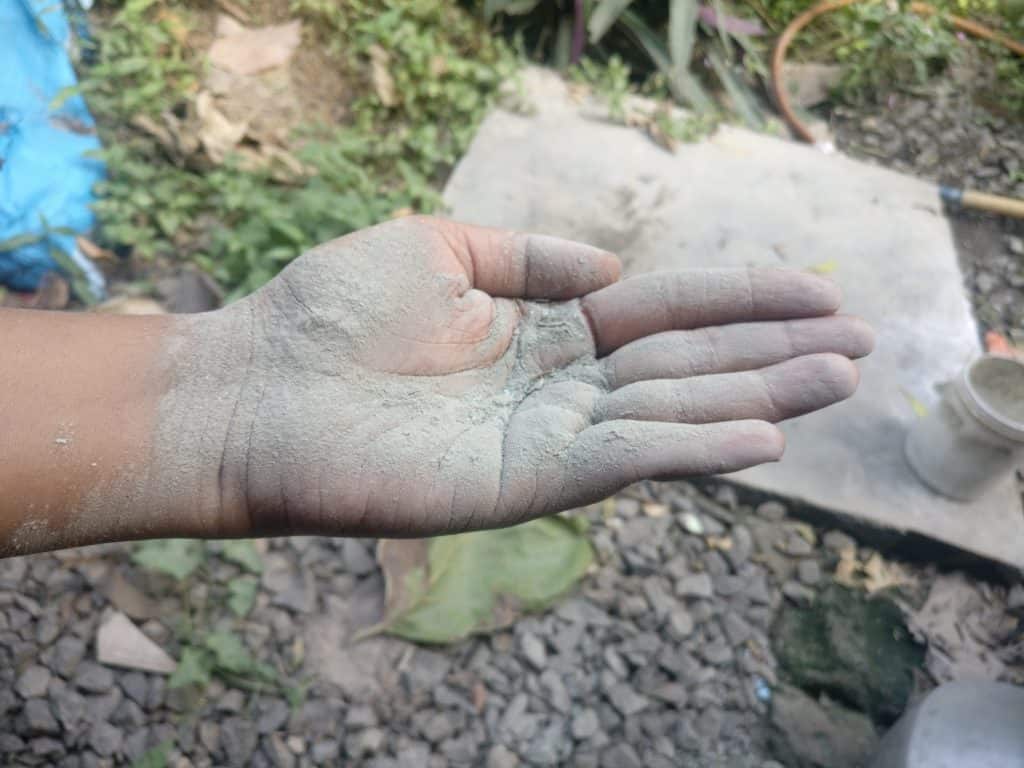For the fourth year in a row, air quality across Chennai City has been consistently poor, said researchers at Healthy Energy Initiative (India). On average, 24-hour samples collected from 20 locations across Chennai City in February-March 2021 exceeded the Indian 24-hour National Ambient Air Quality Standard (NAAQS) for PM2.5 of 60 µg/m3 by 1.1 to 3.8 times. This study analysed the 24-hr air samples heavy metals in addition to for PM2.5.
Locations sampled for the study included neighbourhoods that are industrial, commercial and residential in nature. The results of the study indicate that there is a need for the Chennai Corporation and other Urban Local Bodies to develop a robust local level air quality monitoring and plan to control air pollution and protect public health.
High PM2.5 an issue
Among the samples taken – Thirusulam (near airport), Parry’s corner and Vyasarpadi (near fishing harbour) locations had levels of PM2.5 between 228 and 176 µg/m3 which is categorised as “Very Unhealthy – People with heart or lung disease, older adults, and children should avoid all physical activity” as per U.S. EPA.

Levels of PM2.5 at Thiruvottiyur, Kasimedu (near harbour), Thoraipakkam (near dump-yard), Kuruvimedu (near Vallur Thermal Power plant’s coal ash pond), Sholinganallur (near OMR highway), Velachery, Nochikuppam, Kodungaiyur (near dump-yard), Minjur, Urnamedu, Seppakkam (near NCTPS’ coal ash pond), Sriperumbudur,T Nagar, Athipattu, Kattukuppam, Ambattur had levels of PM2.5 between 128 and 59 µg/m3 would be considered by the U.S. EPA as “Unhealthy – People with heart or lung disease, older adults, and children should avoid all physical activity.”
Read more: Lockdown relaxed, NO2 pollution up: Here’s what it means for every Chennaiite
Kattupalli Kuppam had PM2.5 levels of 53 µg/m3 and would be considered “Unhealthy for sensitive groups – People with vulnerabilities such as asthma, older adults and with chronic diseases”.
“People living around these sampling locations seem to have lost their right to clean air. Despite the COVID pandemic, every single breath of polluted air taken by people in these regions has an added danger in lowering their lung capacity and eventually reducing their life expectancy. This can in turn increase the hospital admission, emergency visits and fatalities which can be identified only through a health assessment in areas concerned” said Dr. Gajapriya, an air pollution researcher with Healthy Energy Initiative (India).
Regulatory lapses
The authors also reveal that the sampling results indicate a lapse on the part of regulatory agencies to control emissions from the sources.
From the samples taken around the city, it was found that the presence of Silica, Manganese and Nickel were beyond the annual average level of exposure. Citizens living in the 19 locations where levels of silica were high are at risk of chronic lung problems and sometimes serious or fatal illnesses that can be irreversible. Manganese is a known neurotoxin that affects the neurobehavioral functions and prolonged exposure can cause permanent brain damage of the person exposed. Manganese exceeded safe limits in 12 sampling locations. Nickel which is a potent carcinogen can also affect the respiratory and immune systems in the body. This can also cause reproductive issues in people.“
PM2.5 can penetrate the lung barrier and enter the blood system causing increased risk of heart and respiratory diseases, premature mortality etc. Children, Women, outdoor workers and patients with chronic illness are more susceptible to PM2.5 exposure impacts. In addition to PM2.5, exposure to heavy metals can lead to health damages of serious public concern across Chennai city” said Dr Manikanda Nesan, Public Health Expert in Chennai.
Way forward
Interventions resulting in a reduction in the health effects of air pollution range from regulatory measures like stricter air quality standards, limits for emissions from various sources, structural changes such as reducing energy consumption, especially that based on combustion sources, changing modes of transport, land use planning as well as behavioural changes by individuals.
Read more: Pollution red alert: Chennai’s Delhi moment is almost here
“Cities should understand their responsibility in safeguarding the health of the people. Air pollution is an invisible killer which should be tackled on a war footing. Regulative protocols with guiding principles, informing the public on impacts along with decision-makers support must be taken to streamline this issue concerning public health,” said Dr Vishvaja Sambath, Air pollution Researcher at Healthy Energy Initiative (India).
Air pollution does not recognize geographic boundaries. Some pollutants can travel great distances affecting air quality and public health locally, regionally and even farther. For this reason, a regional approach is necessary to stop the exposure of pollutants. Each city should have an action plan with guiding protocols to prevent the emissions from the facilities or sources within its borders from contributing significantly to air quality problems.
(This article is based on a Press Release by Story of Ennore and has been published here with minimal edits.)